Apatite is a phosphate mineral that happens to be the main source of phosphorous to plants. It consists of three types depending on the predominant ion (OH - , F - , or Cl - ) present in the crystal lattice called Hydroxylapatite Fluorapatite and Chlorapatite.
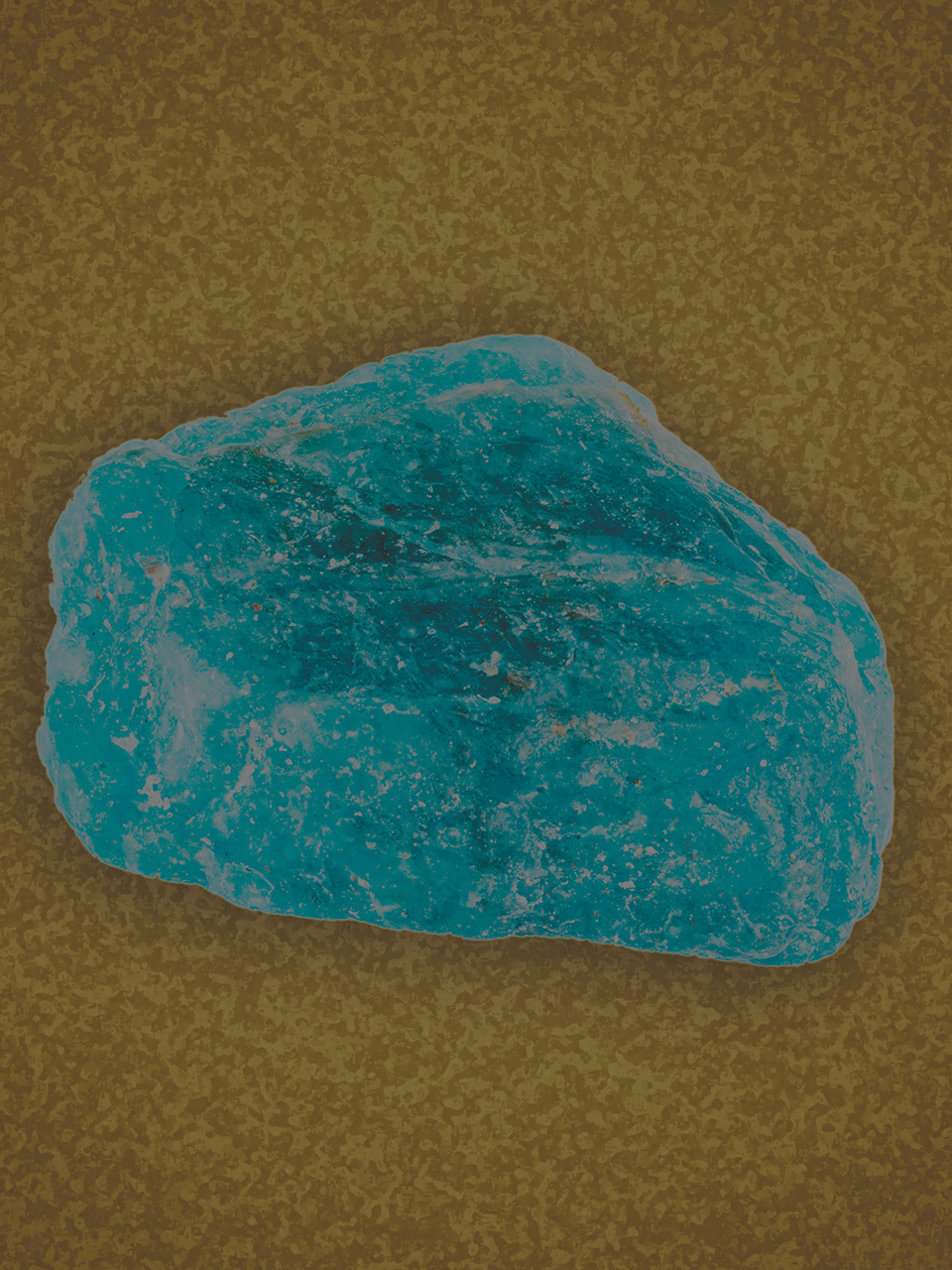
Tap to Read ➤
Properties of Apatite
Priya Johnson

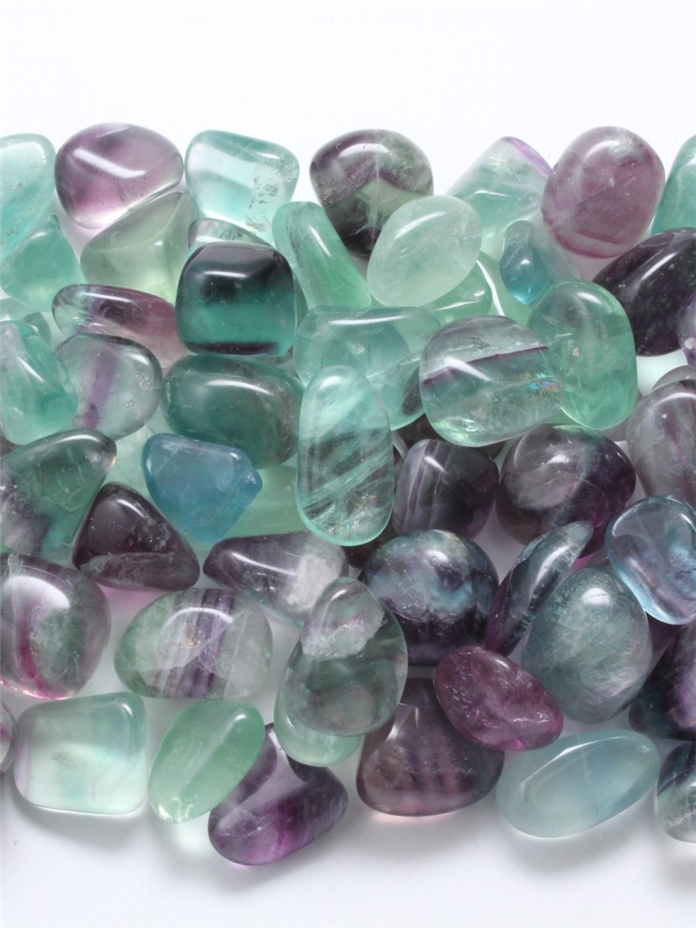
Apatite is a phosphate mineral that happens to be the main source of phosphorous to plants. It consists of three types depending on the predominant ion (OH - , F - , or Cl - ) present in the crystal lattice called Hydroxylapatite Fluorapatite and Chlorapatite.
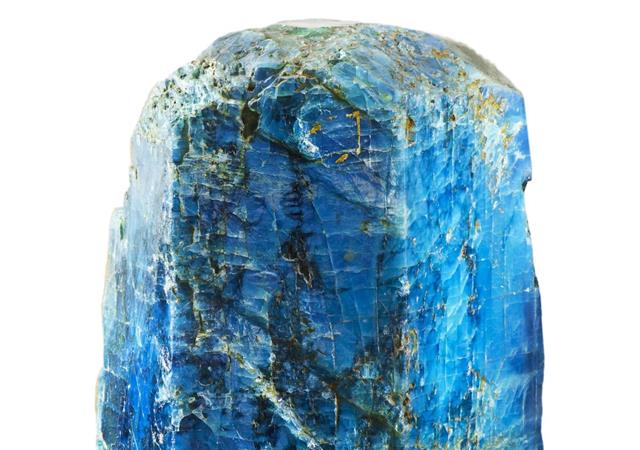
Apatite, the most common phosphate mineral is a member of the Apatite group (isomorphous hexagonal mineral group) and usually appears in blue or green shade. However, the color ranges from colorless, white, yellow to red, brown, pink or purple.

Due to these colors, these Apatite crystals are often mistaken for minerals like tourmaline and beryl. The name 'Apatite' comes from the Greek word Apate meaning deceit, due to its illusive nature of bearing semblance to other valuable minerals.
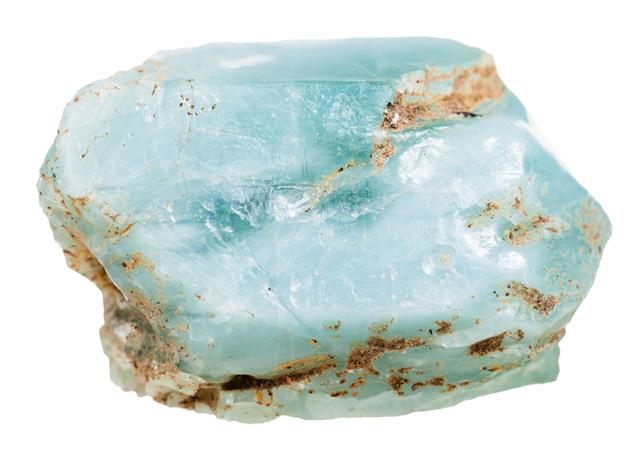
It's the most commonly found phosphate mineral and happens to be the main source of phosphorous that is required by plants. Let's have a look at the properties of apatite.

Composition
Apatite can be mistaken to be a single mineral, but, it can be subdivided into three types depending on the amount of concentrations of OH−, F−, or Cl− ions, respectively, in the crystal. These ions can be freely substituted in the crystal lattice and mostly all three are present in every type. In some types, 100% of a single ion only is present.

Apatite minerals with high concentrations of fluoride ions in their crystal lattice are called Fluorapatite and have a composition of calcium fluoro-phosphate. Apatite minerals with high concentrations of chlorine ions in their crystal lattice are termed as Chlorapatite and are composed of calcium chloro-phosphate.

The ones with hydroxyl ions are called Hydroxylapatite which are composed of basic calcium phosphate. It is very difficult to differentiate between these types and thus often commonly called Apatites. However, the Fluorapatite is the most common of the three.

Chemical Formula
Apatite mineral's group chemical formula is Ca5(PO4)3(F, Cl, OH). The individual formulas are Ca5(PO4)3Cl for Chlorapatite, Ca5(PO4)3F for Fluorapatite and Ca5(PO4)3OH for Hydroxylapatite.
Occurrence
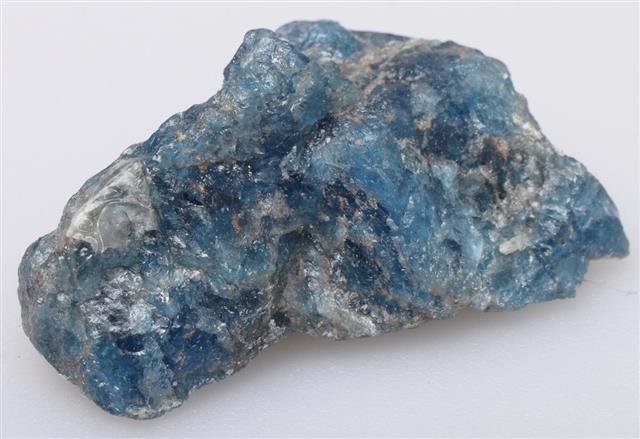
Apatite is found across the globe. Extensive deposits is found in Kola Peninsula and Russia. The blue to purple Apatite crystals come from Ehrenfriedersdorf, Saxony, Germany and the colorless variety is from Austria and Portugal.
Massive Apatite crystal deposits that have been mined for industrial purposes exist in regions of Morocco, Tunisia, Israel, Nauru and Egypt.
In countries like Sri Lanka, Brazil and Bahia, the deep blue crystals of apatite are found, and the most popular yellow crystals (used as gems) are found in Mexico.
The famous violet Apatite crystals found in US are from Mount Apatite region. It is found in all types of rocks: sedimentary, metamorphic (marbles), igneous (pegmatite) rocks.
The mineral is found in the form of large crystals in some metamorphic rocks, otherwise they are found only in the form of cryptocrystalline fragments or tiny disseminated grains in other rocks.
Physical Characteristics
Apatite crystals have a hexagonal crystal system (6/m) and are generally formed as well-shaped, elongated or stubby hexagonal crystals. They are usually transparent or translucent, vitreous with an indistinct cleavage in a single basal direction. The tenacity happens to be brittle and the fracture is conchoidal.
The hardness of Apatite is 5 in the Mohs scale (main test for apatite) and the specific gravity is 3.1-3.2. Apatites can be easily distinguished by their color, hardness, crystal form and can be scratched by a steel blade. Apatite dissolves in hydrochloric acid and attains a fluorescent orangish-yellow color after heating in long wave UV light.
Uses
Apatite is a rich source of phosphorous, which is why its primary use is found in the manufacture of phosphate fertilizers, thereby playing a crucial role in pharmaceutical and chemical industries.
It is used to fertilize tobacco in the US and is seen to partially starve the plant of nitrogen, thereby imparting a unique taste to American cigarettes. Earlier crystalline Apatite was extracted for phosphorous, however, nowadays massive deposits of Apatite-rich rock are used to extract phosphorous.
Calcium hydroxylapatite along with some other phosphate minerals forms the inorganic constituent of the bone and is the chief constituent of the tooth enamel. The enchanting colors and forms of Apatite has helped it gained popularity among gem collectors. It can be occasionally cut as a gemstone. However, it's a gem that is seldom found in jewelry stores.
This stone lacks popularity in the gem trade because of its soft and brittle nature. Nevertheless, the entry of neon blue-green variety from Madagascar has spearheaded its use in jewelry trade today. The earrings, tie tacks, pins and pendants that are Apatite-studded are safe.
However, rings studded with Apatite must be handled very delicately. Their use must be limited to special occasions. As Apatite is heat and shock sensitive, one must make sure they are not brought in contact with ultrasonics and streamers. It is also used as an ore mineral, as occasionally significant amounts of rare metals are found in them.
Also as Apatite is non-radioactive, it's preferred over rare earth metal ores, thereby not posing as an environmental hazard during mine tailings. At the Hoidas Lake Rare Earth Project, It is used as an ore mineral.
Apatite is a significant mineral, though often not well-recognized by us today. The wide range of arenas where Apatite is used tells us what kind of role it plays in our lives. Not every stone is suited to be a gem, but that does not mean Apatite is not precious. Each mineral is unique in its own way!